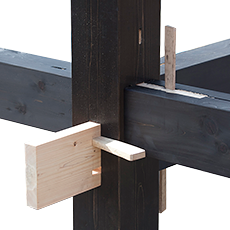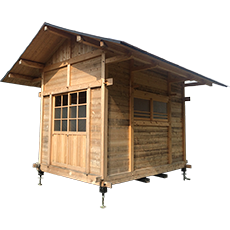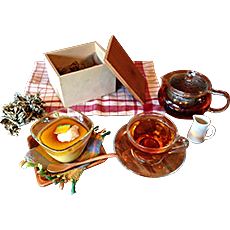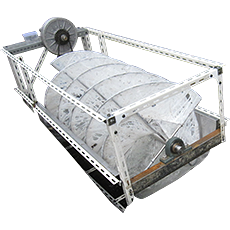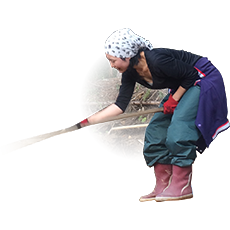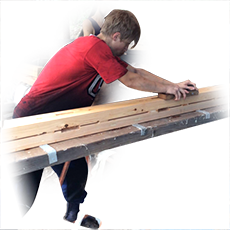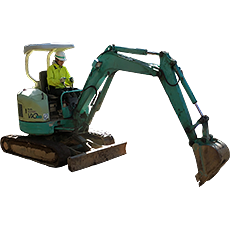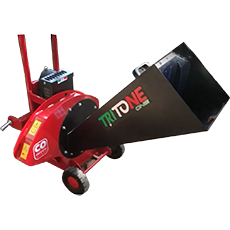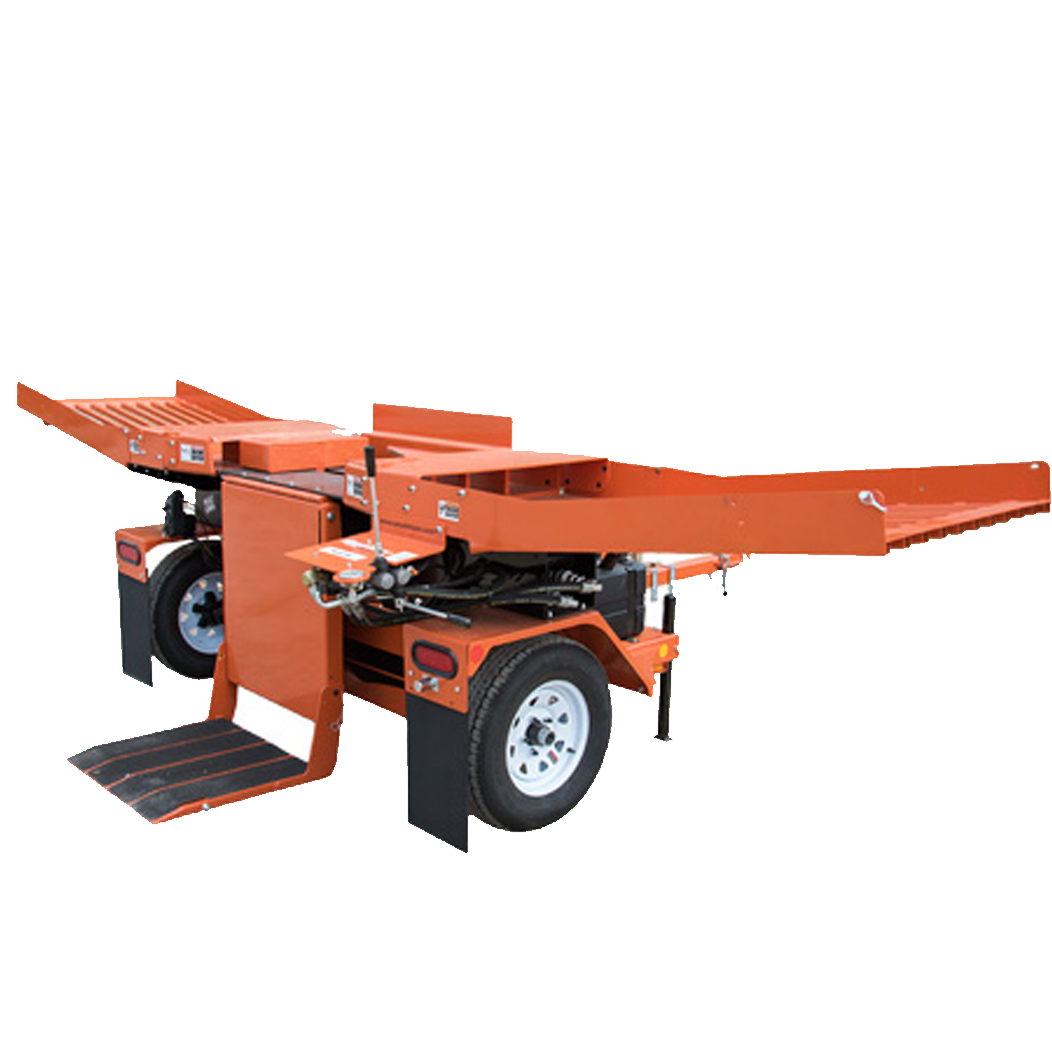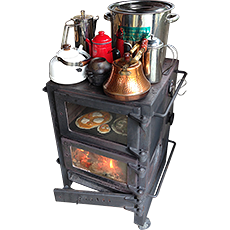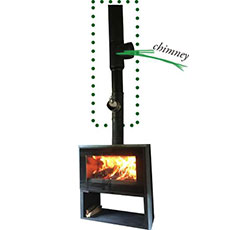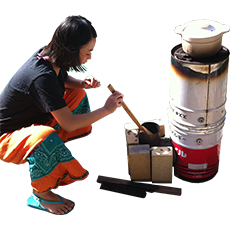-
木の住まい
木の生命力を最大限に引き出し、住まう人に安らぎと強さを与える伝統的木造軸組建築の住まい。 -
健康
清涼な空気と水、緑に囲まれて、自ら心身を調整して健康になるためのプログラムをご案内します。 -
里山生活
美山里山舎のカフェや宿泊のご案内、研修・見学・各種体験受入、美山への移住や生業づくりの相談、その他について。 -
山を活かす
持続可能な作業道づくりから伐採、運搬、製材・加工、燃料化までの流れを極小規模で実現する里山舎メソッド。 -
火のある暮らし
暖房、調理、給湯、入浴、防災…薪の火がくれる安心と豊かさを日常に取り入れてみませんか。
Wellbeing Workshops at Satoyama-sha: Sharp as a Knife
On the 29th of October it was time for yet another wellbeing workshop here at Miyama Satoyama-sha. As per usual, Dr. Ito and his students were present, to guide us in the ways of healthy living; even more important now that winter and colder climates are drawing nearer. This month, part of the workshop focused on the importance of keeping our everyday tools well maintained and ready for use, and thus we were also joined by Mr. Hirose, an expert kitchen-tool sharpener from the company Shokudogu Takeue. For the participants who wanted to warm up a little extra, or relax a bit further, the sauna, gomoen-bath and additional acupuncture treatment were also offered.
Sharper Knives Take the Edge off Cooking
After a brief lecture and the customary health check preformed by Dr. Ito and his students, it was time to take a plunge into field of knife sharpening. Several common denominators can be found linking the art of sharpening kitchen tools to our wellbeing. For example, a sharp knife makes cooking safer, the food tastier, and the experience all-round more pleasant. Furthermore, as making and eating food is heavily linked to our lifestyle habits, the influence sphere of kitchen knives may be bigger than you first expect it to be.
Sharper knives alleviate cooking, a chore that should not be demanding but rather invite calm and provide a route to mindfulness. Dull knives, on the other hand, scream frustration and are actually more dangerous to use than their clear cutting counterparts. A clean cut also helps in preserving all the juicy flavours and keeps the nutrition intact, thus paving the way to a healthier meal and happier mind.
As with our bodies, our knives also crave tender loving and care to thrive and function properly. Although there is no need to pour several hours into knife maintenance, a few simple tricks at the end of the day, and a good sharpening once a month or so, will guarantee a long-lasting kitchen knife. The participants eagerly jotted down notes as Mr. Hirose demonstrated to us all how best to look after our favorite cutting tools.
– Wipe down your knife every once in a while, even during cooking.
– At the end of each day, wash your knife and dry it carefully, and rub some cleanser onto it. Don’t forget to treat the handle of the knife, too! (Did you know that the most prominent reason to food-poisoning is a dirty haft?!)
– When storing your knives, keep them wrapped in newspapers (not towels! Towels attract moist that can cause your knives to rust.)
– Don’t wait until your knife has grown fully dull before sharpening, but spring into action already when you start noticing that the feel of cutting is off.
Savvy Knife Skills
When it comes to sharpening knives, Mr. Hirose advised the participants to follow five elementary pieces of advice and the process of whetting kitchen knifes will run as smoothly as clockwork.
1. Sharpen the knife starting from the tip, followed by the center-part, and finishing with the base.
2. Sharpen both sides of knife equally.
3. Soak the whetstone in water 20-30 minutes before use (this will help produce more slurry, the substance that forms on the surface of the stone. Slurry plays a big role in the sharpening, so don’t wash it away!)
4. Check for burrs! (When the knifes are sharpened, burrs are produced on the reverse side of the blade.)
5. When moving on to fine sharpening, the finalizing part, remove the surplus slurry from your sharpening stone.
Having gone through the main points of sharpening Mr. Hirose called up volunteers to the sage, as he said one can only truly learn the skill of sharpening though trying your hand at it. While our eager volunteer gave his best shot at whetting, Mr. Hirose delved a bit deeper into different aspects of sharpening. He reminded us that all knives cannot be treated the same, but that the sharpening method may vary depending on the material, or on whether the knife is single or double edged. For example, knives made out of stainless-steels are sharpened differently than those crafted out of a carbon steel.
Mr. Hirose stressed the point that sharpening should be a calm and enjoyable activity, and something that allows for deep focus and mindfulness. A plus, he laughs, is that one can also think of all the delicacies one can cook once the knife is ready for action.
Cutting Edge Cooking
When about half of the knives had been sharpened Mr. Hirose determined it was time to put them to the test. What came to follow was a salad feast!
The participants, in preparation for the upcoming lunch, were asked to compose two tasty salads made of seasonal greens. The true purpose, however, was to pit the sharpened knives against unsharpened ones in order to compare both the feel of cutting, as well as the taste of respective salad. The overall verdict, as was discussed over lunch, was that the shaper knives slid resistlessly through the veggies like they would have been made of butter. Everyone also agreed on that the salad tasted more full and fresh that the one cut with the dull knives.
In addition to the salad, the participants also enjoyed hearty oden (various ingredients, such as daikon, potatoes, eggs etc., stewed in a soy-flavoured broth), and fluffy and warm sweet potato takikomi gohan (rice seasoned and cooked with various ingredients), both good foods to ingest on a bullishly gray, chilly autumn day. The wood-burning stove, crackling and popping happily in the corner, created the perfect homey feel.
Stiff with Cold
After a healthy meal, it was time to move on to the next, and final part of this month’s worksop; a lecture in warming up the body.
The participants made themselves comfortable as Dr. Ito took the floor to address a topic that becomes more urgent as the weather grows colder: stiffness. While not the only cause for aching muscles and a stiff body, cold and rainy autumn weather with low air pressure is certainly a significant key-player. Therefore, as winter is creeping closer, now would be a good time to hone techniques to tackle the drawbacks the season brings with it.
An obvious way to avoid stiffness caused by cold is to keep warm, something many tend to overlook. Putting on an extra shirt is a good idea, but a steaming hot bath is highly recommended to really warm the body through. Hot baths also have a calming effect on the mind, and are thus beneficial for relaxing and stress-relief purposes as well. Also for those who were already growing increasingly stiff and rigid, Dr. Ito had help to offer.
He took the participants for a stretching session up in the picturesque mountain yurt, and gave a lecture on the certain points which should be kept in mind to make the activity have more of an effect. One must remember to breath, that is first and last. Moreover, while stretching your muscles as deeply and thoroughly as possible is advisable, this should be done in one’s own realm of comfort. There is no reason to push oneself to the extent that it becomes painful, as this is not the purpose of the exercise. A short warm-up, like light jogging or walking, is also recommended prior to your stretching session. Fortunately, Dr. Ito and his student’s were present to guide our participants through their stretching.
Once back indoors at Satoyama-sha, by the warming fire, Dr. Ito wanted to point out how stiffness also can be brought on by internal reasons, such as accumulated stress and worries, or built up anger. Age, a bad nutritional balance, as well as lack of exercise can also be at blame. As these are causes directly linked to our lifestyles, they cannot be cured with just a quick fix, but require a lot of work and often active incentive to change our daily routines. Luckily for the participants, Dr. Ito had an arsenal loaded with pieces of advice on how to implement small changes into our lives, that in the long term should make for a less stiff body and, consequently, a more cheerful mind.
In the afternoon, we all enjoyed a warming glass of umeshoban-cha tea with soy-sauce and umeboshi (pickled plums). This drink is said to have many positive qualities.
The afternoon was rounded off with the customary health check, after which a few participants took the opportunity to use the facilities offered. Now we all eagerly await next month’s workshop, which will be held on 26th November, when we will all have a chance to relax among the colorful autumn leaves. We hope to see you all back at Satoyama-sha then!
